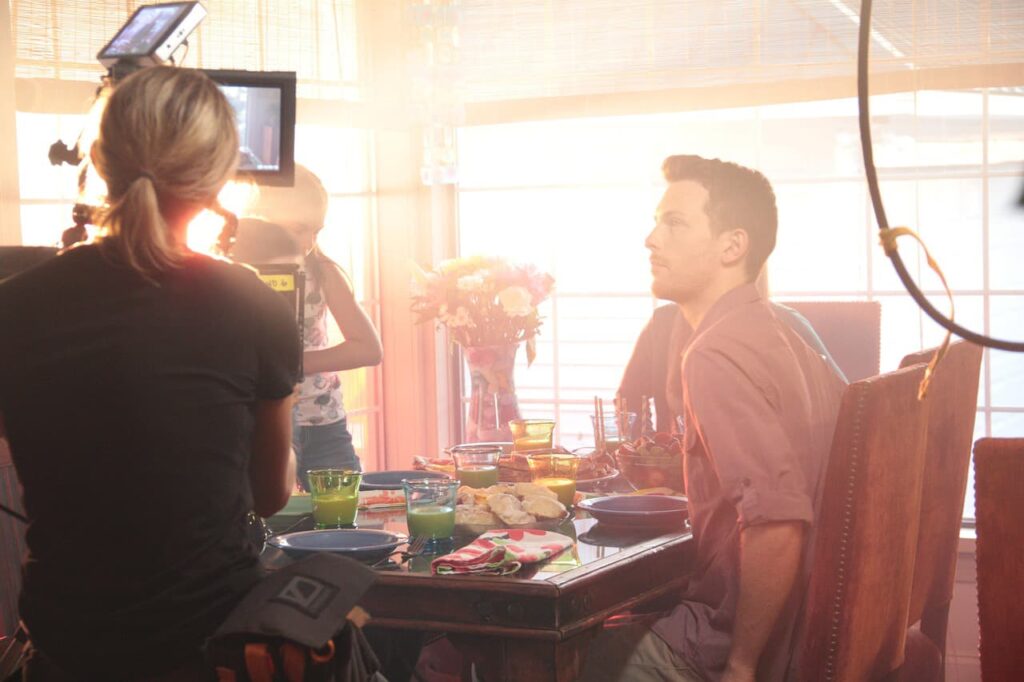
Behind the Scenes of Special Effects: How Movie Magic Is Created
People walk into a theater expecting to be amazed, and it is strange how quickly our brains forget that none of it is actually happening. The worlds feel solid, the creatures breathe, and sometimes an explosion looks close enough that you almost pull back in your seat.
Behind all of that, though, teams of creative people are putting in long hours, trying to take something that only lives inside someone’s imagination and turn it into something the camera can believe.
When you pay attention, you notice a quiet truth. What used to depend on simple tricks has grown into a detailed mix of creativity and technology, and the range of what filmmakers can do keeps expanding.
How Special Effects Changed Over Time
In the beginning, filmmakers had to get clever with whatever tools they had around them. They used double exposure, painted scenery, and tiny models placed just right. As new technology arrived, everything shifted again. Computers came in and completely reshaped what could appear on screen.
By 2025, special effects were operating on several levels at once. Digital tools offered precision, and practical effect techniques remained because they still delivered something real.
What once seemed charming has now grown into a giant creative space, letting directors play with not only what exists, but what could exist if you imagine a world with different rules.
Why Practical Effects Still Feel So Powerful

Even though digital tools can create almost anything, practical effects are still essential. Real flames cast real reflections. Prosthetic makeup and animatronics let actors respond to something with weight and texture. A built set allows the camera to pick up details that only physical objects can give.
Practical work supports performance in a way digital placeholders never will. A creature with working eyes and subtle movement invites a more genuine reaction than an empty green block. And the craftsmanship shows.
Teams may spend months creating something that appears for only a moment, but that moment stays with the viewer because the physical presence reads as authentic without them even realizing why.
When Digital Effects Step In
Digital effects opened the door to scenes that would be risky or impossible to shoot. Using advanced software, artists create worlds, creatures, weather, and destruction that feel believable enough to sit beside live action.
Directors appreciate the freedom too. They can change a scene’s timing, adjust light, or alter an entire environment long after filming is done.
Digital tools do not erase practical ones. They add more options. A physical explosion can be enhanced with extra debris. A prosthetic creature can be given finer emotional detail. Partial sets can grow into massive environments once digital artists extend them. Shot by shot, texture, lighting, and motion are adjusted until the final image feels seamless.
When Art and Technology Work Together
Special effects succeed because many different specialties meet in the middle. Makeup teams think about how their materials behave under bright lights. Cinematographers capture references that digital artists need later. Stunt teams design movements that cameras and simulations can read. Engineers build new tools that help artists move faster. Every decision affects another.
A digital sky needs to match the light hitting the actors. A prosthetic edge needs to disappear once the performance starts. Simulated wind must match the real dust blowing across the set. Communication holds everything together.
Departments plan ahead using previs, gather lighting and lens data on set, then stay aligned through color grading at the end. Movie magic is not one person’s achievement. It is the result of many crafts blending so smoothly that you forget the illusion exists.
What the Future Seems to Hold
The next chapter in special effects is already taking shape. Real-time rendering lets filmmakers use virtual environments during filming, with LED walls giving actors natural lighting from scenes that used to exist only in post-production.
Machine learning is speeding up tasks that once slowed teams down, like rotoscoping or cleanup. New capture methods hint at fresh ways to record people and places. At the same time, practical effects keep improving with lighter materials, better robotics, and safer techniques.
For audiences, this means deeper immersion. Worlds look fuller and more believable because they draw from both physical reality and digital imagination. For filmmakers, the spaces between pre-production, filming, and post-production fade. Ideas can be tested earlier and adjusted on the spot, making movie magic feel more immediate than ever.